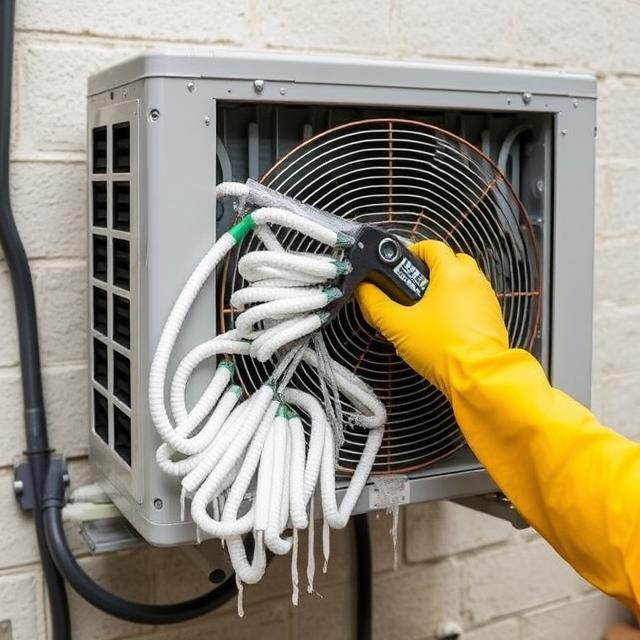Using a check stub template is a great way to keep track of employee wages, deductions, and net pay. Whether you’re a small business owner, freelancer, or self-employed worker, check stubs provide essential documentation for payroll, tax filing, and proof of income. However, many people make common mistakes when using check stub templates, which can lead to errors, compliance issues, and financial confusion.
Table of Contents
ToggleTo help you avoid these pitfalls, this guide will cover the most common mistakes people make when using check stub templates and how to fix them.
Why Are Check Stubs Important?
A check stub (also called a pay stub) is a document that details an employee’s gross earnings, deductions, taxes, and net pay. Even if you’re a freelancer or independent contractor, having accurate check stubs is useful for:
✔ Proof of income for loans, rentals, or financial transactions.
✔ Tax filing and deductions to ensure accurate reporting.
✔ Business record-keeping for payroll tracking.
✔ Employee transparency to prevent payroll disputes.
💡 Did you know? Many states require employers to provide employees with check stubs for payroll transparency.
Common Mistakes When Using Check Stub Templates (and How to Avoid Them)
Even though check stub templates make payroll easier, small mistakes can cause big problems. Here are the most common ones and how to fix them.
1. Incorrect Employee or Employer Information
The Mistake:
Many people forget to include complete and accurate details on check stubs. Missing or incorrect information can cause issues with taxes, legal compliance, and employee trust.
Common Errors:
❌ Misspelled names
❌ Wrong business name or EIN (Employer Identification Number)
❌ Incorrect employee address
How to Avoid It:
✔ Always double-check names, addresses, and business details before finalizing the stub.
✔ Use a pre-filled check stub template to reduce errors.
✔ Keep employer and employee records updated.
💡 Tip: If you own a business, ensure your check stubs include your company name, address, and tax ID for legal compliance.
2. Miscalculating Gross Pay
The Mistake:
Some employers miscalculate gross pay, especially when dealing with hourly wages, overtime, or commissions.
Common Errors:
❌ Not including bonuses or overtime pay
❌ Using the wrong hourly rate
❌ Forgetting to deduct unpaid leave
How to Avoid It:
✔ Use an automated check stub generator to ensure accurate calculations.
✔ Double-check pay rates and work hours before processing payroll.
✔ If you pay commissions or bonuses, clearly itemize them on the check stub.
💡 Tip: If your employees work overtime, ensure their check stubs reflect the correct time-and-a-half or double-time pay rates.
3. Incorrect Tax Deductions
The Mistake:
Miscalculating federal, state, and local taxes is one of the most common errors on check stubs.
Common Errors:
❌ Forgetting to include Social Security and Medicare (FICA) taxes
❌ Misapplying state and local tax rates
❌ Using outdated tax percentages
How to Avoid It:
✔ Check IRS and state tax guidelines to ensure the correct deduction amounts.
✔ Use a pay stub template with built-in tax calculations.
✔ If you’re unsure, consult a payroll professional or use payroll software.
💡 Tip: Tax laws change yearly! Stay updated on the latest federal and state tax rates.
4. Forgetting to Include Other Deductions
The Mistake:
Not listing all applicable deductions on a check stub can lead to employee confusion or compliance issues.
Common Errors:
❌ Leaving out health insurance, retirement contributions, or garnishments
❌ Not listing voluntary deductions (e.g., union dues)
❌ Forgetting to include pre-tax and post-tax deductions
How to Avoid It:
✔ Clearly separate mandatory and voluntary deductions.
✔ Use a detailed check stub template that includes multiple deduction fields.
✔ Regularly review employee benefit contributions to ensure accuracy.
💡 Tip: Always explain deductions to employees so they understand where their money is going.
5. Using a Generic or Outdated Template
The Mistake:
Not all check stub templates are created equal. Some generic or outdated templates may lack the necessary fields for modern payroll needs.
Common Errors:
❌ Using a template without tax deductions
❌ Missing fields for bonuses, overtime, or commissions
❌ Not including an employer signature or approval section
How to Avoid It:
✔ Choose a modern, customizable check stub template that includes all necessary payroll details.
✔ Update your template regularly to reflect current tax and wage laws.
✔ If needed, use a pay stub generator that automatically updates with tax law changes.
💡 Tip: A customizable check stub template lets you add or remove fields based on your needs.
6. Not Keeping Proper Payroll Records
The Mistake:
Some businesses and freelancers don’t keep a record of pay stubs, leading to issues when filing taxes or verifying income.
Common Errors:
❌ Not saving copies of check stubs
❌ Deleting payroll files after payment
❌ Not keeping records for the required number of years
How to Avoid It:
✔ Store check stubs digitally and physically for at least 3-7 years, as required by law.
✔ Use a payroll software that automatically keeps records.
✔ For freelancers, keep a personal payroll log of all payments received.
💡 Tip: Many accounting tools like QuickBooks or Wave Payroll automatically store digital pay stubs for easy access.
7. Failing to Provide Check Stubs to Employees or Contractors
The Mistake:
Even if not legally required, it’s good practice to provide pay stubs to employees and independent contractors for transparency.
Common Errors:
❌ Not issuing check stubs with payroll payments
❌ Providing incomplete or incorrect pay stubs
❌ Not offering an electronic pay stub option
How to Avoid It:
✔ Always provide a check stub with every payment.
✔ Offer both paper and digital pay stubs for convenience.
✔ Use a secure payroll system that lets employees access their pay stubs online.
💡 Tip: Some states require employers to provide check stubs by law—check your local regulations!
Final Thoughts: Get Payroll Right with the Right Check Stub Template
Using a check stub template makes payroll easier, but small mistakes can lead to big problems. Whether you’re a small business owner, freelancer, or self-employed worker, avoiding these common errors will ensure accurate pay stubs, smooth payroll processing, and compliance with tax laws.
✅ Best Practices for Using Check Stub Templates:
✔ Double-check all information before issuing pay stubs.
✔ Use an up-to-date template that includes all necessary fields.
✔ Automate calculations to prevent payroll errors.
✔ Keep accurate payroll records for tax and legal compliance.
✔ Provide check stubs to employees for transparency.



